Why preparing to be flexible can improve your project management
- Rebekah Liersch

- Aug 17, 2022
- 2 min read
Updated: Oct 14, 2022
Can preparation really transform moments of flexibility from a setback into an opportunity? Can you increase your organisational effectiveness and efficiency by preparing to be flexible?
I argue a fervent yes to both questions.
While an instructional design project fulfils goals defined by stakeholders to meet learner needs and achieve the larger goals of an organisation, it is a task that falls outside of an organisation’s normal day-to-day work. Flexibility is required in respect to both the cross-functional interaction of project contributors from different departments and the temporary nature of a project within the ongoing business functioning.
What is the solution?
Organising your tool-kit.
By ensuring you know what is in your tool-kit - the grounding theory, systems, methods/processes and tools required to complete a project - you’re able to present a solution from your tool-kit when a curveball requires you to be flexible.
My tool-kit has four components. Take a look:

1. Theory - What is learning?
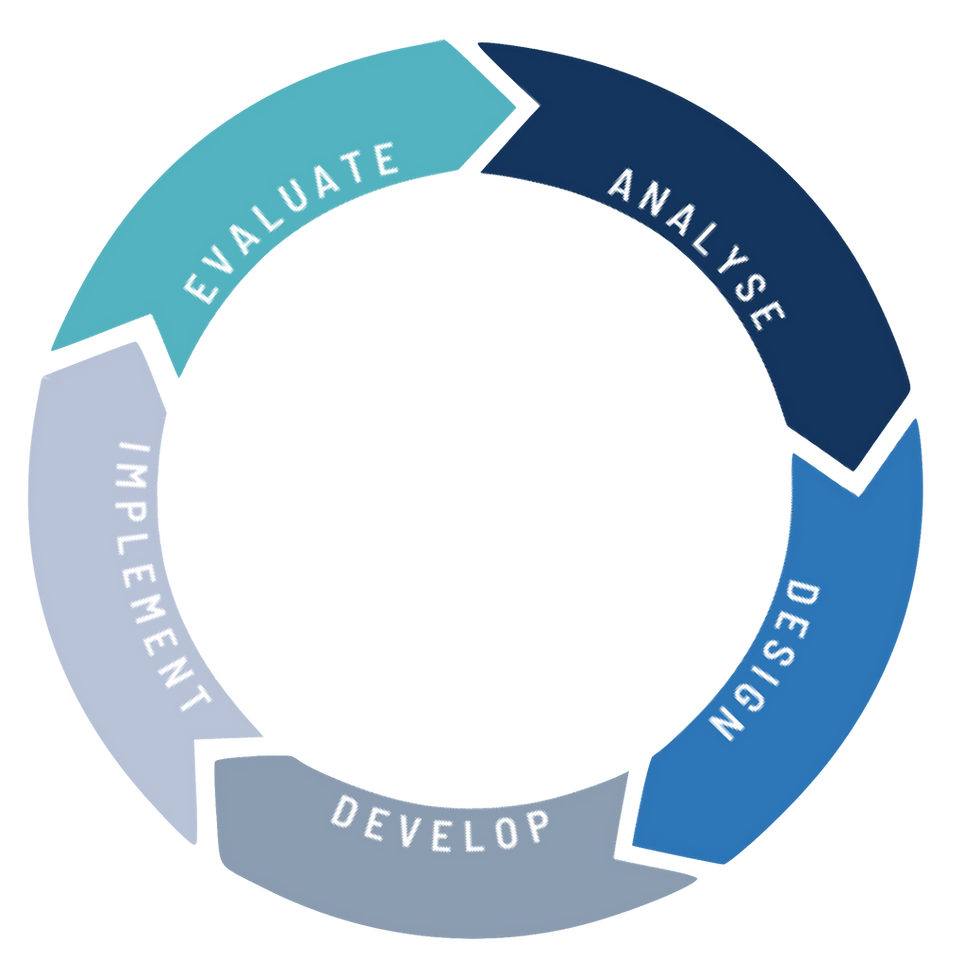
2. Systems - Who should be involved in workplace learning? Why?
How? When? Where?
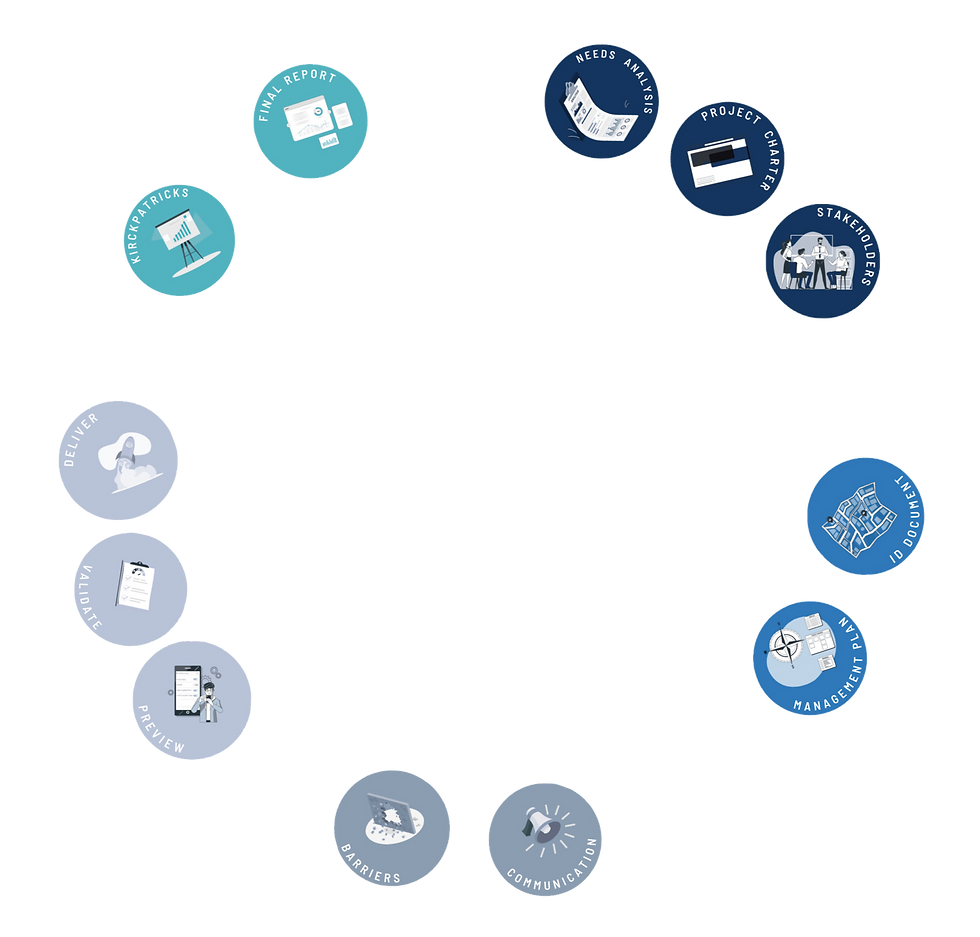
3. Methods/Processes - What are the processes needed to make
learning possible?
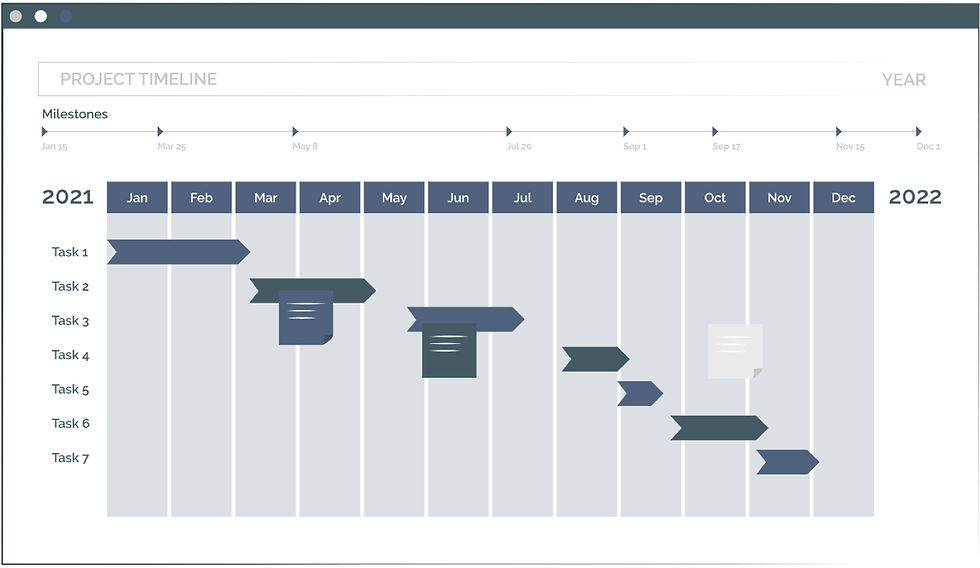
4. Tools - What tools are needed to complete these processes that
prepare for learning?
Theory
I ground my design decisions in the theory and science of learning and so I list it first. You can read more about it here.
Systems
While ADDIE is effective in identifying the necessary processes involved in completing a project, SAM is a realistic and agile approach to completing iterations when coordinating multiple schedules for cross-functional interaction. I don’t believe these systems are mutually exclusive so both feature in my tool-kit.
Methods/Processes
Organising the project methods/processes in your tool-kit can begin in a structured fashion so you, as the tool-kit manager, can see what is needed to complete a project. In an agile fashion, be prepared to allow this structure to respond to scheduling conflicts and opportunities that arise. Offering flexibility in completing methods and processes is a pragmatic approach that can also benefit key stakeholders and other project participants.
Let’s explore the methods and processes in my tool-kit:
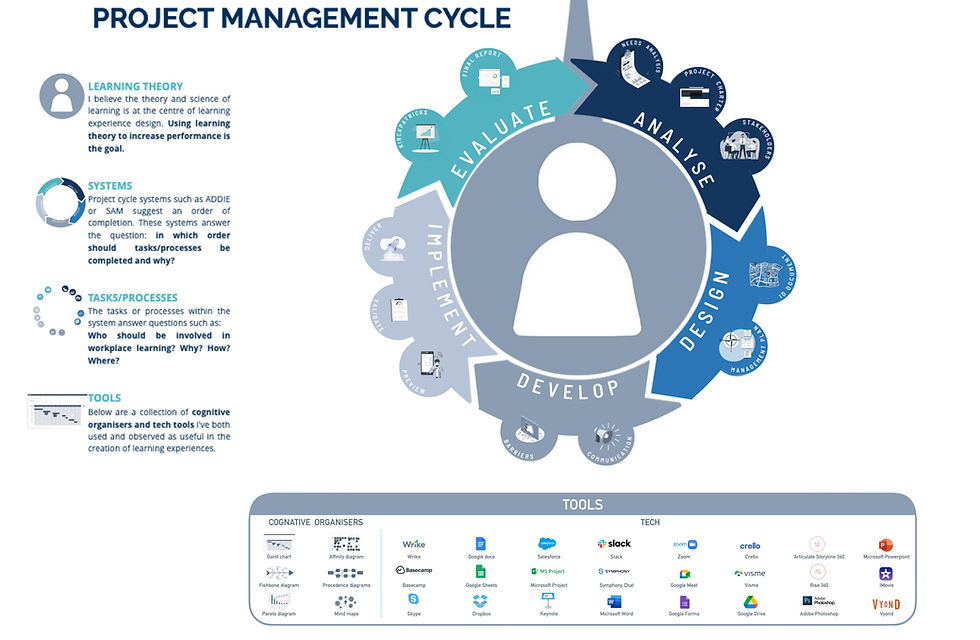
Explore the PDF below:
While I will list my methods/processes in the same order as seen in the cycle above, the order is responsive to and flexible within each new project.
Needs Analysis
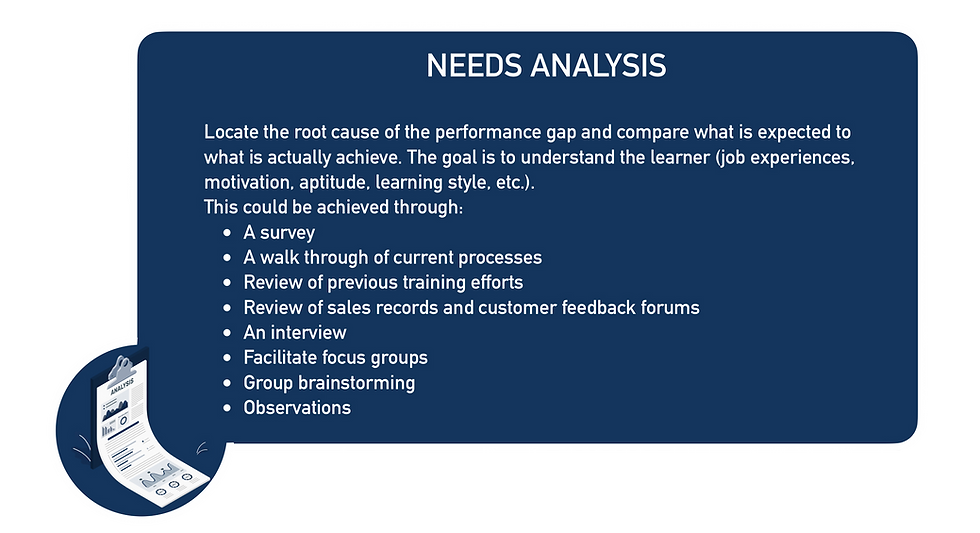
Develop Project Charter

Identify Stakeholders

Instructional Design Document

Project Management Plan
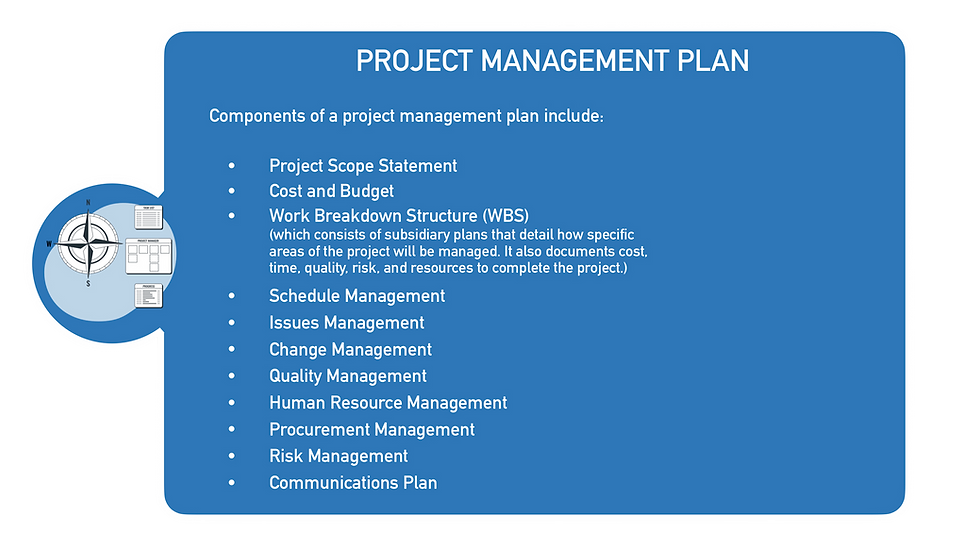
Communication Elements
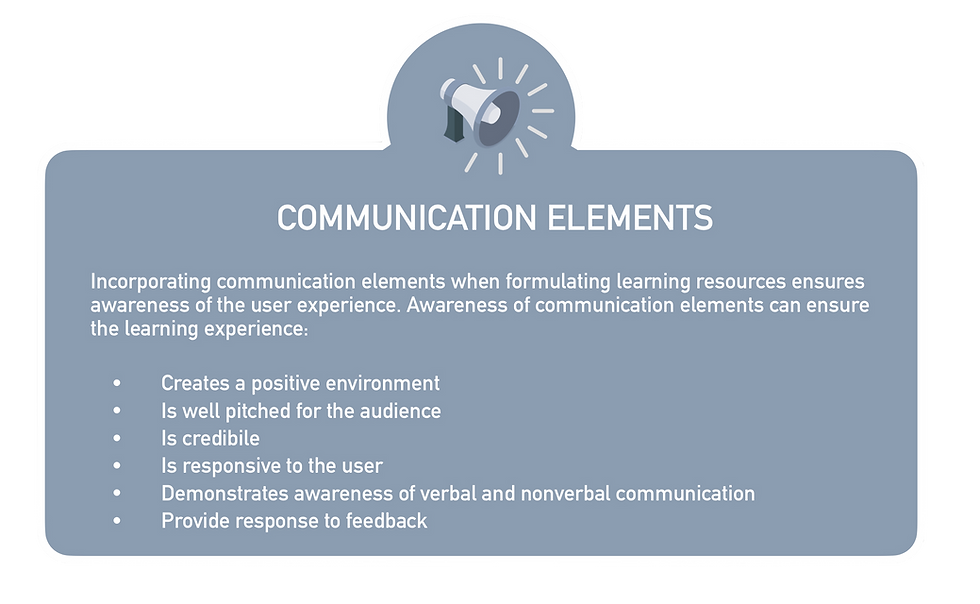
Communication Barriers
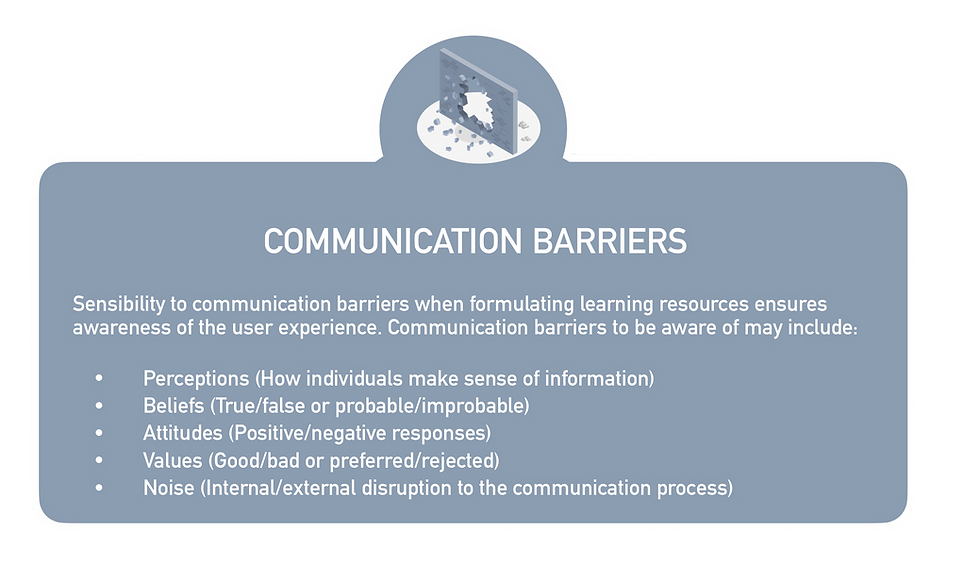
Preview Instructional Product

Validate Instructional Product

Deliver Instructional Product

Kirkpatricks
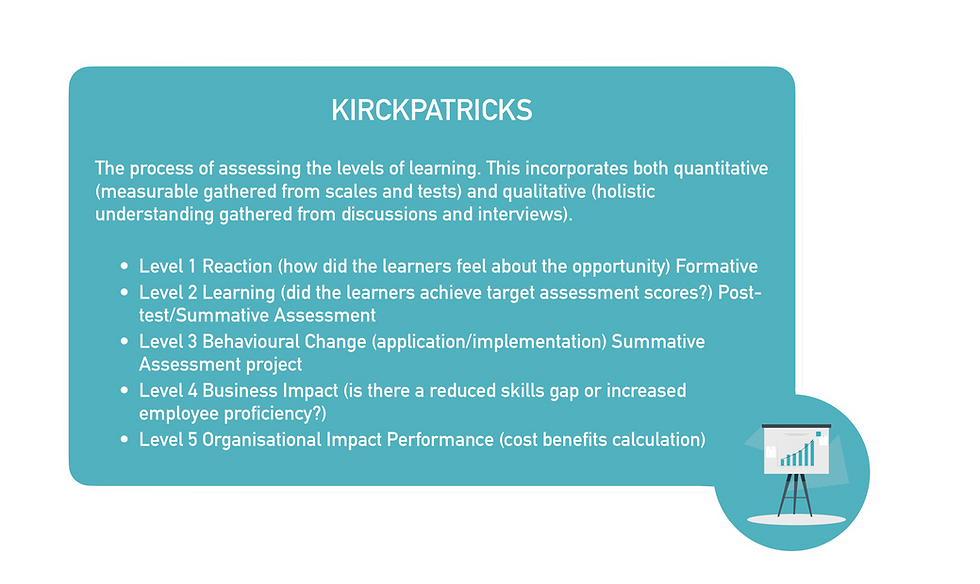
Final Report

Tools
Effective selection of cognitive organisers and tech tools to implement methods/processes is a strong reflection of your flexibility. Tools used during the project need to be cognisant of the situational differences (societal, individual and organisational) of all collaborating parties, just as the final instructional content deliverable is also expected to be flexible for user experience.
I place a strong importance on cognitive organisers as they are valuable tools for organising data as well as maintaining communication and project momentum. These cognitive organisers are readily available on a variety of digital platforms for collaborative access.
Take a look at some of my tools below:

I'll leave this blog post with a parting sentiment:
Why fly by the seat of your pants when you could use your tool-kit to maintain and upgrade the project management vehicles already at your disposal.



Comments